NYC’s Forgotten ‘War on Christmas Trees’
Discover how an obscure holiday crackdown affects festive street vendors today!


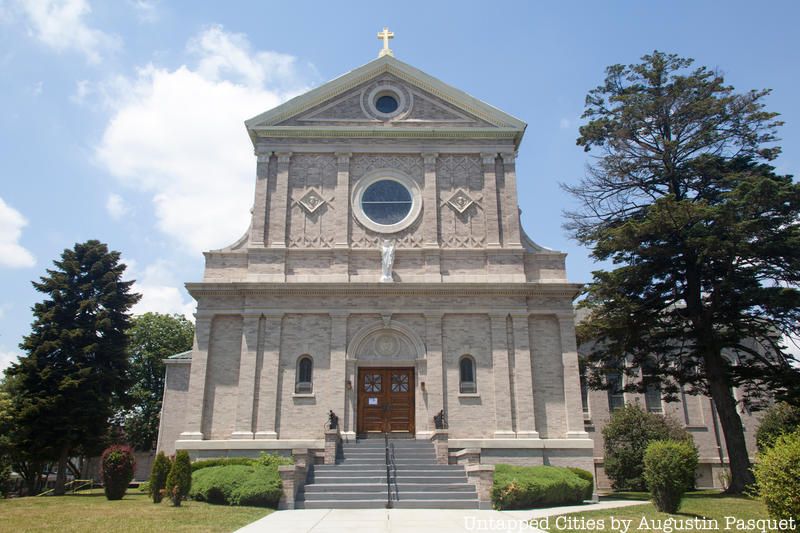
Bay Ridge, Brooklyn sits in southwestern Brooklyn alongside the Verrazzano-Narrows Bridge and the Belt Parkway. Currently home to about 85,000 people, the neighborhood gives a suburban feel to those who still want easy access to the rest of New York City. The R train connects Bay Ridge to Manhattan and Queens.
Before Bay Ridge became the residential neighborhood it is today, the Canarsee Native Americans occupied the land. Part of the broader Lenape tribe, this community specialized in fur trading and fishing. Hunting and gathering was their main source of nourishment. As colonists moved to New York City, the Canarsee left, fleeing the growing chaos and lack of space. However, Kieft’s War, initiated by New Amsterdam director Willem Kieft ended with the deaths of many Canarsee Native Americans. This war occurred from 1643 to 1645.
As colonists continued to settle into Bay Ridge, they called the area Yellow Hook because of the shape and color of the soil. However, after several outbreaks of Yellow Fever hurt New York City in the late 18th and early 19th centuries, residents renamed their neighborhood Bay Ridge. The inspiration for the new name was the beautiful view of New York Bay in Bay Ridge. Bay Ridge welcomed Irish, Italian, and Scandinavian immigrants in the early 20th century. However, Syrian and Lebanese immigrants followed suit in the middle of the 20th century. Although many of the Scandinavians have left the neighborhood, Asian-American and Arab-American neighbors have filled their space since the beginning of the 21st century. With a significant variety of cultures within the 2.12 square mile neighborhood, various cultural centers exist including the Arab American Association of New York. Bay Ridge has the highest concentration of people who speak Arabic at home in Brooklyn.
The neighborhood has a rich collection of secrets relevant to both the neighborhood’s history and current residents. When visiting the neighborhood, spend time at some of its secret spots including the city’s smallest cemetery and a house that could be in a fairytale. Exciting in these secrets will complement the joy of experiencing the beauty of the Verrazzano Bridge. Here are the top 10 secrets of Bay Ridge, Brooklyn.
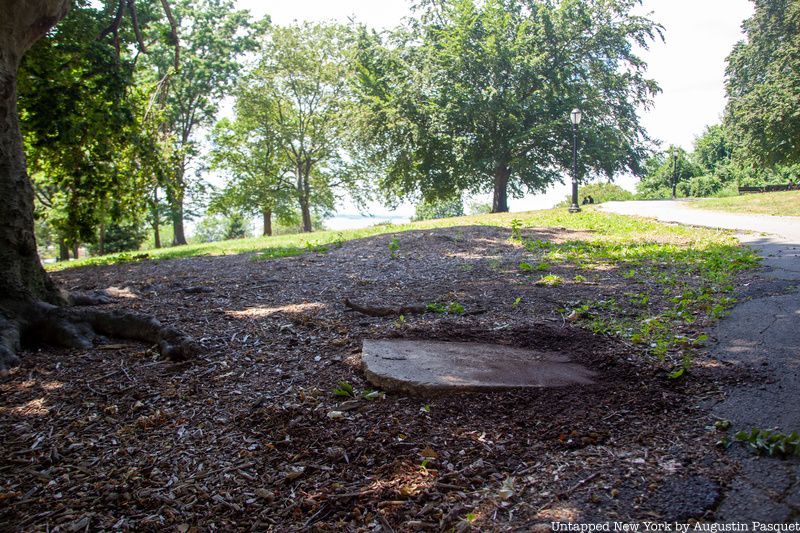
In 1923, New York City Mayor John F. Hylan commenced a project that would connect Bay Ridge with St. George’s Ferry Terminal on Staten Island. As the project — titled the Brooklyn-Richmond Freight and Passenger Tunnel— continued, those in charge completed a shaft and tunnel that currently sit 150 feet below Owl’s Head Park in Bay Ridge. When New York Governor Al Smith passed the Nicoll-Hofstadter Act, he forced the tunnel to be used as a passenger tunnel instead of a freight tunnel. With this new purpose finalized in law, construction slowed to a stop in 1924.
In the same year construction of the lost tunnel ended, the New York Times reported Hylan’s plans were “declared at variance with the comprehensive port plan.” With plans abandoned, Hylan and his team left the completed shaft and tunnel, along with a shaft that would be filled in 1946. It is rumored that a stone may indicate the tunnel’s entrance on the western side of Owl’s Head Park. You can read more about this tunnel and other secrets of Bay Ridge in our book Secret Brooklyn.
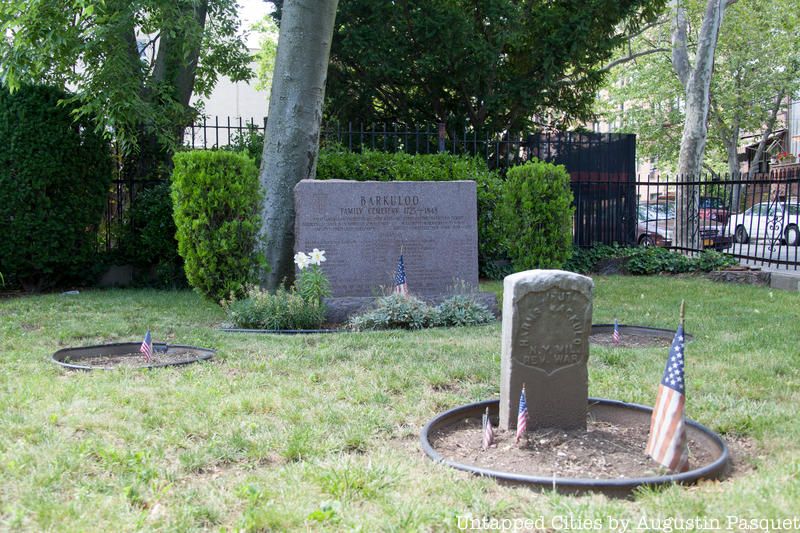
Occupying about the same amount of space as an average front yard, the Barkaloo Cemetery in Bay Ridge is the smallest cemetery in Brooklyn. Some say it is the smallest cemetery in New York City. Acting as the resting place for two revolutionary war soldiers — Simon Cortelyou and Harmans Barkaloo — the cemetery honors these men who allegedly fought on the side of the Patriots at the Battle of Brooklyn during the American Revolution. However, Robert I. Porter from the Veteran of Foreign Wars Post 985 launched an initiative that revealed the Cortelyou may have been loyalists.
Dutch immigrants William Harmans Barkaloo purchased the plot of land as a family cemetery. It is the only family cemetery independent from any larger ones in Brooklyn. Although Cortelyou’s great great grandfather was the namesake of Cortelyou Street, he was buried in the cemetery because he married the widow of Jacques Barkaloo.
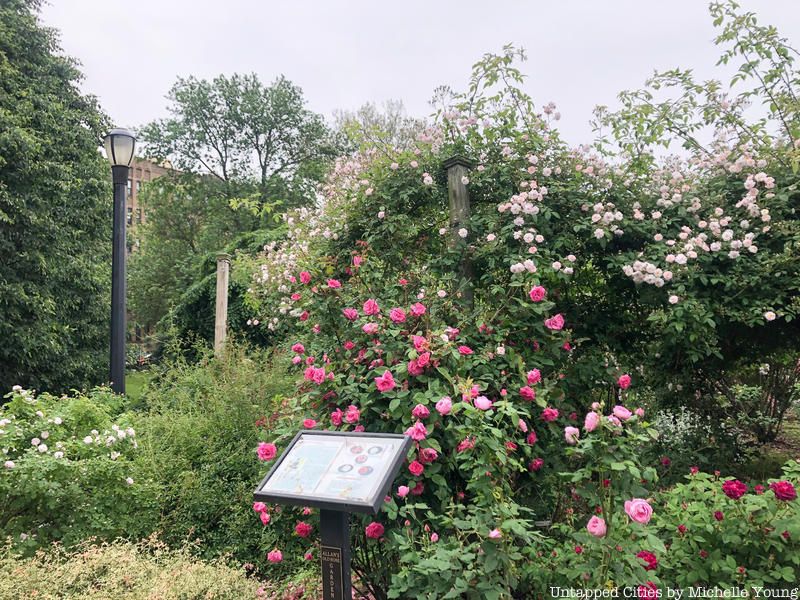
One of New York City’s largest and longest-lasting all-volunteer gardening initiatives, the Narrows Botanical Gardens has served the broader Bay Ridge community since 1995. Founders James Johnson and Joan Regan noticed neglected space and tree pits in a stretch of parkland. Wanting to turn this waste of public space into a revived area, the two garden enthusiasts started nurturing the land and others followed suit.
Joining forces with principal gardener of Manhattan’s City Hall Park, Richard Haugland, Johnson worked to create large exhibitions within the space. As the community worked to revive the space, they added a lily pond, planted bushes along the Belt Parkway and completed a beautiful greenhouse. Today, the Narrows Botanical Gardens also contain Rock Wall Garden, Turtle Sanctuary, Willow Grove, and Zen Garden, along with other attractions.
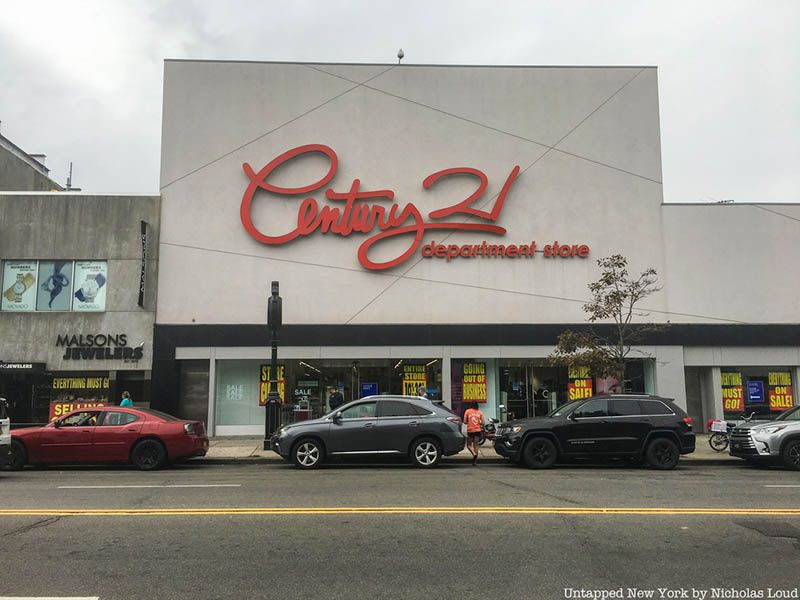
Many know Century 21, a New York discount retail chain, filed for bankruptcy following COVID-19-related challenges. However, fewer know the original Century 21 store was in Bay Ridge, Brooklyn. The store, known for affordable prices and an extensive interior, now survives only in the memories of Bay Ridge natives.
Founded in 1961 by cousins Sonny and Al Gindi, Century 21 eventually added 13 locations throughout the eastern United States. However, the love Bay Ridge residents along with residents throughout the broader tristate area harbored for Century 21 could not save the department store. Within the greater context of COVID-19, a lack of insurance money and the failure of politicians to pass a bill that could provide Century 21 with the insurance money led to the store’s downfall.

Along with the Saint Emphrem Catholic Church, Holy Cross Greek Orthodox Church, and Bay Ridge Baptist Church, Bay Ridge hosts an active monastery. Called the Brooklyn Visitation Monastery, this home for the religious devout houses the Sisters of the Order of the Visitation of Holy Mary. St. Francis de Sales and St. Jane de Chantal founded this religious order in Annecy, France in 1610. The sisters of the Baltimore Monastery founded this monastery in Bay Ridge in 1855.
Those who want to experience monastic life can spend a weekend on retreat with the sisters. Those who venture on retreat or are part of the Order of the Visitation of Holy Mary will see several multi-level buildings, beautiful sculptures throughout the property, a pond known as St. Mary’s Lake, and forested open space within the monastery. Students of the Brooklyn Visitation Academy can visit as well. One must undergo a six-year process in order to take final vows if they feel called to the life of the sisterhood.
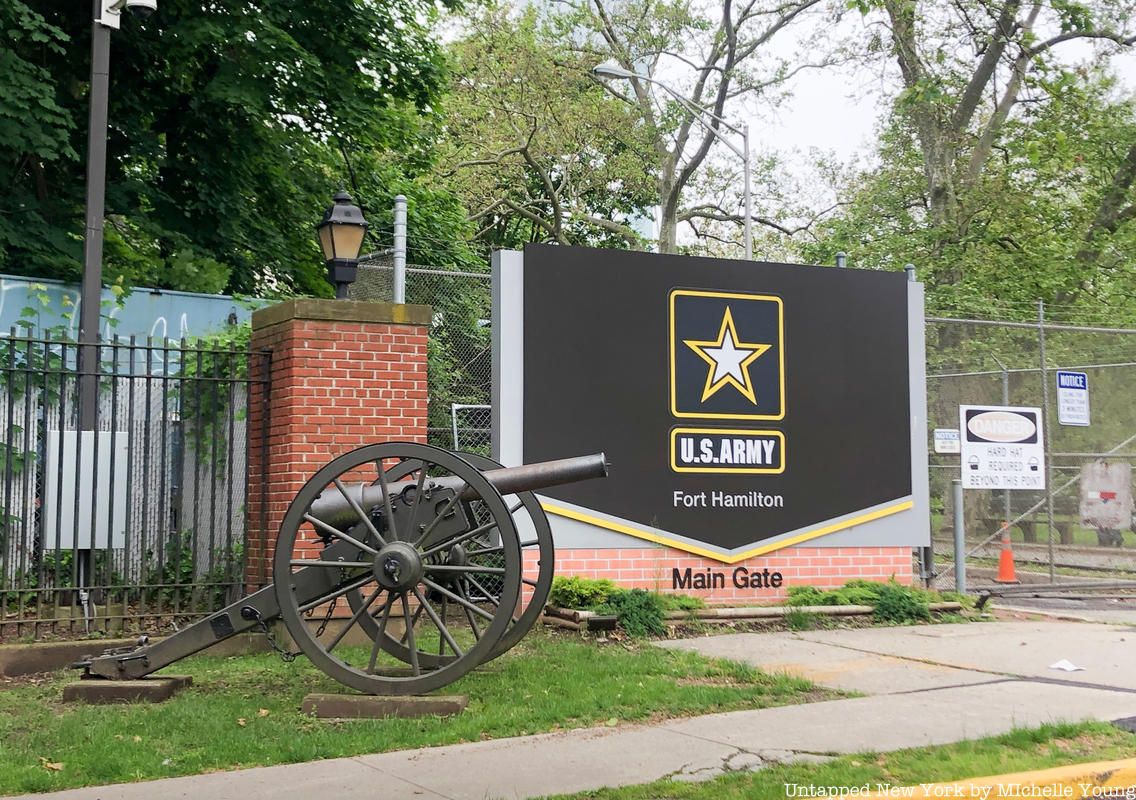
Although Fort Hamilton is home to the Harbor Defense Museum, it is also New York City’s only active military fort. Built in 1825, Fort Hamilton has been a coastal defense center for almost two centuries. However, before the fort even existed, the British landed at its current location in 1776 to attack Patriot forces. Once the fort existed, however, General Robert E. Lee was tasked with improving the fort’s armament (and there remains an avenue inside the fort named after him). Stonewall Jackson is another significant soldier who spent time at the fort.
Today, Fort Hamilton’s community contains 573 Active Duty members, 942 Family Members, 700 Civilians, and 880 National Guard and Reserve employees. Active Duty members represent the Army, Navy, Air Force, and Marines.

19 dead-end side streets throughout Bay Ridge are legally private. This means that those who live on streets in Bay Ridge like Baycliff Terrace, Wogan Terrace, or Jackson Court must clear their own trash and snow along with repairing their own infrastructure. However, they do not have to obey many of New York City’s parking laws.
These streets are rendered significant by their intersection with a public street. This intersection means the New York Department of Public Transportation must supply the street with a sign. Many other private streets exist throughout Bay Ridge, including Westerly Lane and Colonial Court. Aside from the opportunity to be in shows like Blue Bloods as Harbor View Terrace achieved, these private streets not connected to a public street remain in obscurity. Their only benefit is private parking.
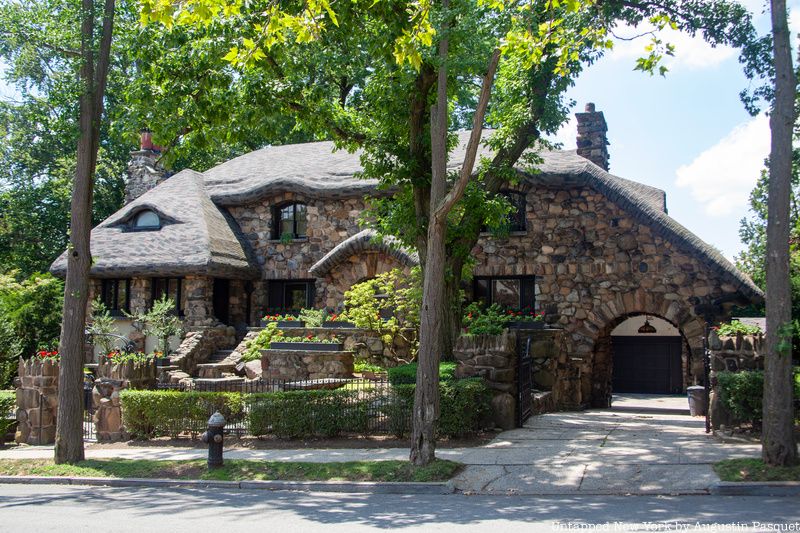
Located at 8220 Narrows Avenue in Bay Ridge, Brooklyn, the “Gingerbread House” brings passersby into a fairytale. Adorned with irregular, uncut stones, gabled windows, and an asphalt shingle roof, the home looks like it would be found in the middle of the woods. However, the stained glass windows, coffered ceilings, and marble fireplace within the home beg to differ. At one time, the garage contained a functioning turntable that allowed residents to drive straight out of the garage at all times. This no longer works.
Designed for shipping merchant Howard E. Jones and his wife Jessie, the house was designed in response to the mass-production techniques that had taken over home architecture. Seeking to use hand-made techniques to complete the property, architect James Sarsfield Kennedy designed the house to conform to the natural topography of the land. At 5,746 square feet, the house is now worth millions and has been on and off the market in the last few years.
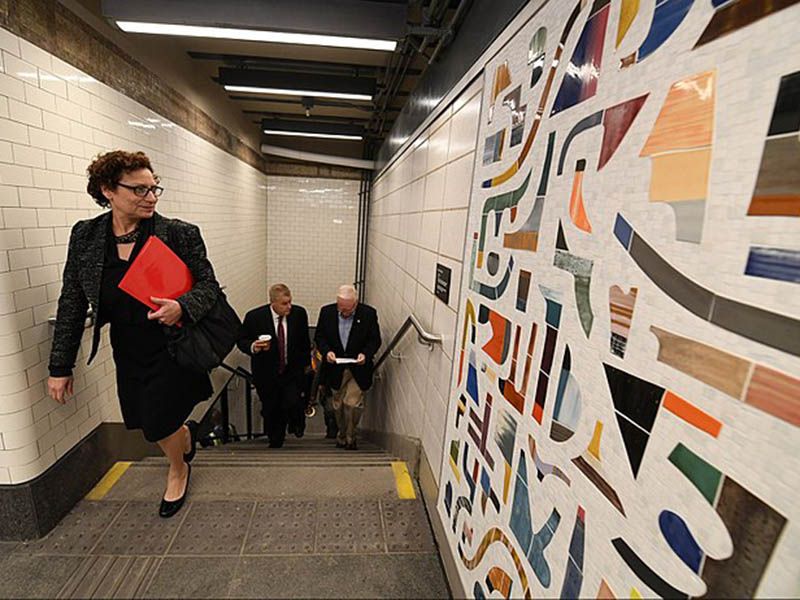
When entering the Bay Ridge Avenue R station, one faces the decision to travel to Manhattan and Queens or to travel three more stops to the end of the R train at the Bay Ridge-95 St station. However, when choosing one’s direction of travel, one is also choosing the version of Katy Fischer’s “Strata” mosaic that they can admire. Those traveling to Manhattan and Queens can view an array of multi-colored collaged shapes on a sea of white. In contrast, those traveling further into Bay Ridge will see similar shapes on a bed of black. The mosaic continues by the train tracks over the benches where passengers await their train.
This mosaic stands in contrast against other subway station art because of the opposing nature of the mosaic sections. With white as a background on one mosaic and black as a background of another, this public art project achieves a different purpose than Roy Lichtenstein’s mural in the Times Square subway station. However, those in a rush often overlook these mosaics.
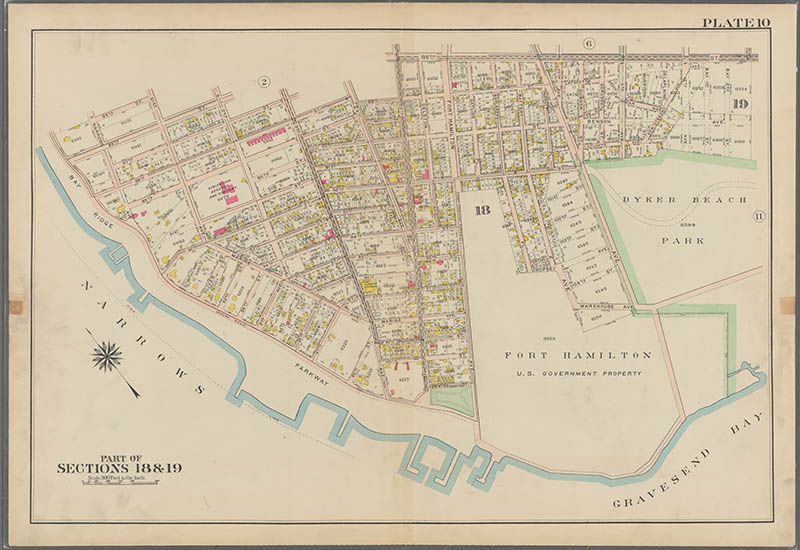
Sitting unassumingly at 257 Bay Ridge Avenue is Gateway City Academy. The building that this private religious school for kindergarten to eighth graders occupies has a diverse history. Beginning as the New Utrecht Exempt Firemen’s Association, the building once was a space for volunteer firefighters to rest and seek the advantages of the Exempt Fireman’s Association. At the top of the arched windows on the building, stone indicators highlight which fire departments frequented the building.
Since the volunteer firefighters owned the building, a Masonic Temple, church, and school have all occupied the building. The arched windows remaining on the building stand in contrast against the rigid rectangular windows of other buildings in between Third Avenue and Bay Ridge Place on Bay Ridge Avenue. A deep red awning for Gateway City Academy welcomes students daily, acting as an unintentional reminder that firefighters once called this building a second home.
Next, check out the top 10 Jewish History sites on the Lower East Side!
Subscribe to our newsletter